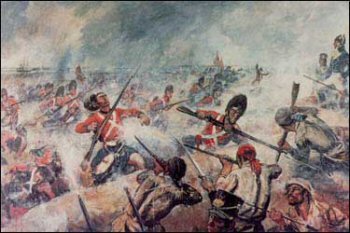
Reflection on the single story,
The presentation made by Chimamanda was a beautiful and touching one, which gave her perception on how people view the world through the telling of stories. Her main point in the presentation is that too many people believe in one single story and then base all of the beliefs about a certain person, culture, or history on this one single story. Chimamanda speaks of believing in multiple stories in order to get the truth.
She speaks of a life growing up in Africa in a middle class family and starting to read at a young age. She was introduced to “foreign books” which spoke of Americans with blue eyes. These books gave her an image of what Americans were through this single story. After reading more and more books she realized that stories do change and that you can not always believe what one source tells you. She speaks of this vulnerability that we have at a young age to things such as these single stories and how easily our minds can me molded into wrongful beliefs. This type of occurrence has happened to every person in the world, believing in something that you hear without really knowing if it is true but then passing on the word to others.
Chimamanda gives a great example of this in her speech. She speaks of a roommate which she had when she first went to university. The roommate knew that she was going to be living with someone from Africa for the semester and made certain assumptions before even meeting Chimamanda. She felt sorry for her because she thought that she would be poor and wouldn’t be able to speak English, though her official language was English. The roommate thought that it would be impossible to have similarities with Chimamanda because of the different backgrounds it which they had come from, but soon was soon proven wrong because she was just like a lot of the other people who attended the university. Her roommate had an idea of “Authentically African” which was a certain stereotype of all Africans being poor and not being able to have cars or money, this was because her roommate had read a single story and had believed it.
The single story is present in everyone and Chimamanda gives a great example in her speech. She speaks of a boy at a high school presentation asking her about one of her novels. This novel involves a serial killer. The boy goes on to ask why there are a lot of serial killers where she is from, though the serial killer in the book was just a fictional character. This boy is only thinking of a single story as well; there are millions of stories out there and you can not base your beliefs on one that you hear, or we would base our beliefs about Americans on the novel “American Psycho”.
The idea of a single story creates stereo types that are incomplete. What if we knew all the good things in the world and not just the bad things which tend to stand out more in our minds; our world would be a much happier place. This shows the beautiful quote in which Chamamanda finishes off her speech with: “when we regret the single story we regain a certain paradise”.
Here is the link to the speech, I encourage you to watch it if you haven't already :)
http://www.ted.com/talks/chimamanda_adichie_the_danger_of_a_single_story.html
 An organization is pushing for Punjabi language training to be made available in Calgary public schools. (CBC)
An organization is pushing for Punjabi language training to be made available in Calgary public schools. (CBC)

